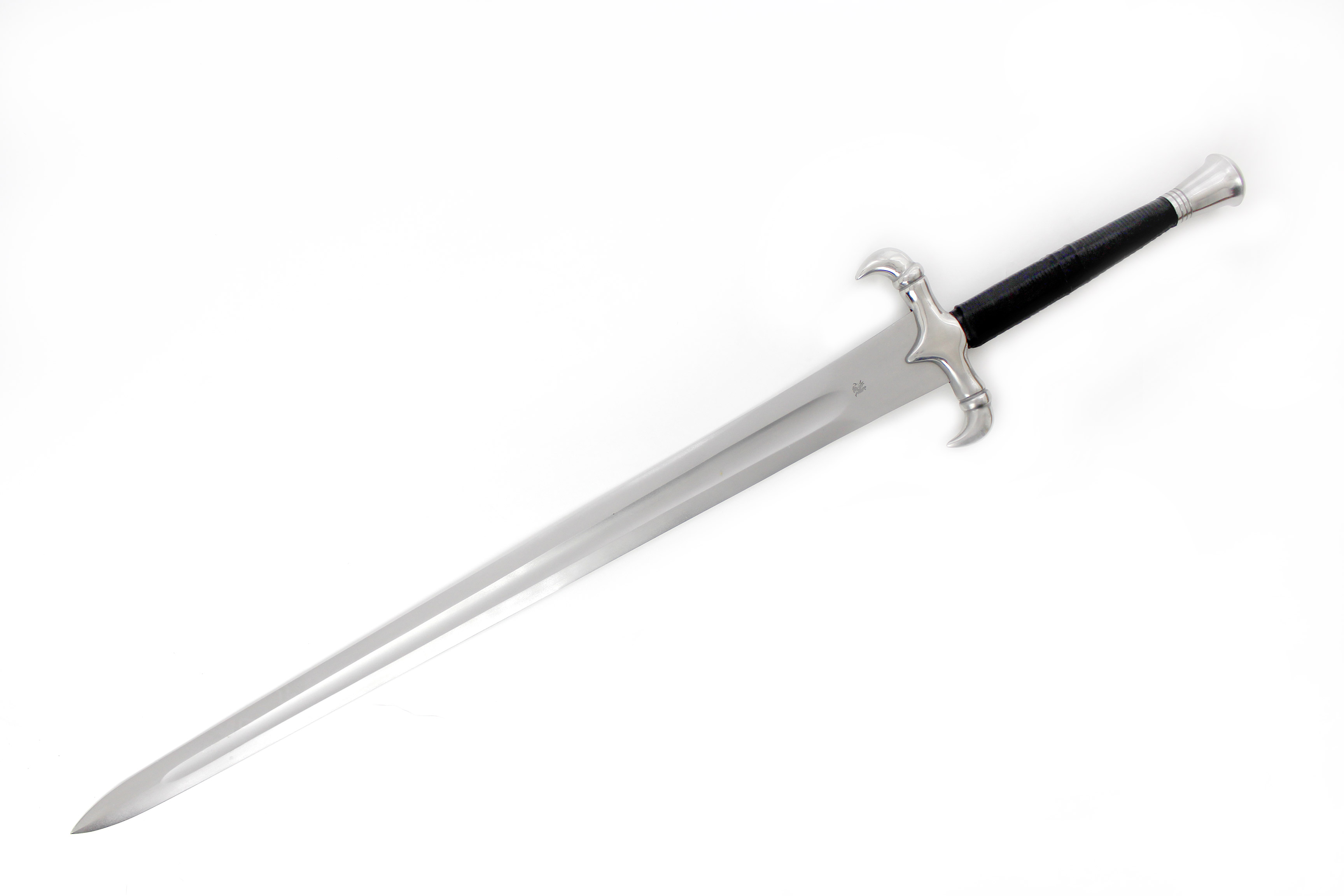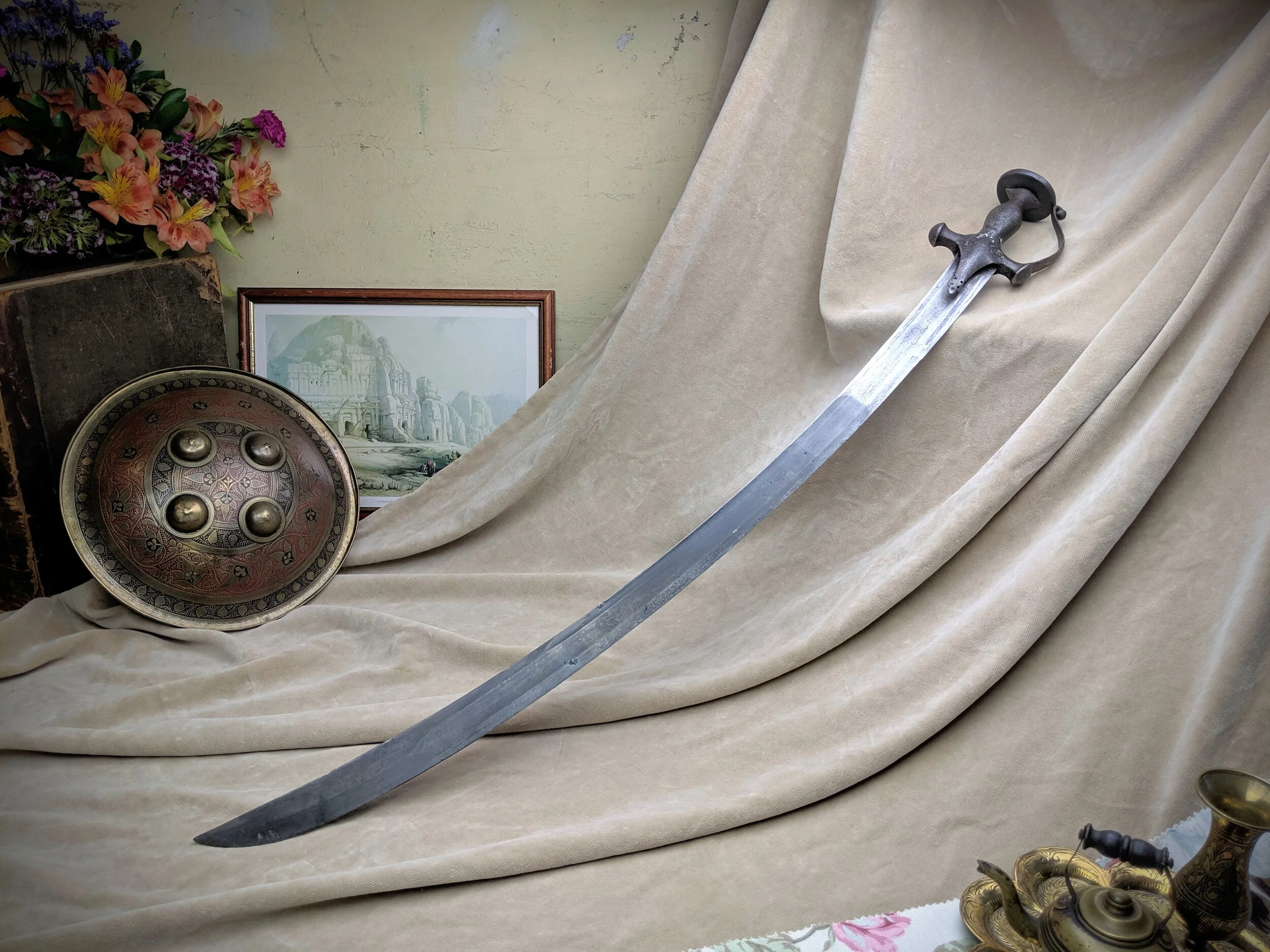Historical and Cultural Significance

Sword definition – The sword, an enduring symbol of power, valor, and cultural identity, has played a pivotal role throughout human history. Its evolution, from humble beginnings to intricate masterpieces, mirrors the technological advancements and cultural transformations of civilizations.
In the realm of sharp steel, where blades gleam with lethal grace, the sword stands as a symbol of power and courage. Its keen edge, honed to perfection, can cleave through flesh and bone with ease. Yet, beyond its martial prowess, the sword also holds a deeper significance.
Like the cherry meaning of sweetness and temptation, the sword can represent both the allure of violence and the price of its indulgence. Its gleaming surface reflects not only the blood it has shed but also the scars it has left upon the hearts of those who wield it.
In ancient Egypt, the khopesh, a curved sword, symbolized the might of pharaohs. The Greeks wielded the iconic xiphos, while the Romans favored the gladius, a short, double-edged blade. In Japan, the samurai’s katana became synonymous with honor and martial prowess.
Symbolism and Cultural Impact
Beyond their practical use, swords have carried deep symbolic meanings. In many cultures, they represented authority, justice, and divine power. The Excalibur, wielded by King Arthur, symbolized sovereignty and the divine right to rule.
Swords have also been revered as sacred objects. In ancient Celtic cultures, the claidheamh mòr, or great sword, was believed to possess supernatural powers. In Japan, the katana was considered a symbol of the samurai’s soul.
Types and Characteristics

Swords, throughout history, have evolved into a diverse array of forms, each tailored to specific combat styles and cultural contexts. These variations in design stem from differences in blade shape, size, and construction, with each variation offering unique advantages and drawbacks.
The most fundamental distinction lies in the blade’s shape. Straight blades, such as those found on European longswords, provide excellent reach and thrusting capabilities. Curved blades, like those on Japanese katanas, excel in slashing and cutting motions. Double-edged blades, common in ancient Greek and Roman swords, offer versatility in both thrusting and slashing, while single-edged blades, such as sabers, prioritize cutting power.
Size and Construction, Sword definition
Swords also vary significantly in size, ranging from short, single-handed weapons to massive, two-handed greatswords. Smaller swords offer greater agility and speed, while larger swords provide more power and reach. The construction of a sword also plays a crucial role in its performance. Forged swords, crafted by repeatedly heating and hammering metal, are generally stronger and more durable than cast swords, which are made by pouring molten metal into a mold.
Materials
The choice of material used in sword making has a profound impact on the weapon’s performance. Steel, an alloy of iron and carbon, is the most common material due to its strength, hardness, and flexibility. Different types of steel, with varying carbon content and heat treatment, can produce blades with specific properties. Other materials, such as bronze, titanium, and Damascus steel, have also been used throughout history, each offering unique advantages and disadvantages.
Usage and Techniques: Sword Definition

The sword, a weapon of war and a symbol of power, has been wielded by countless warriors throughout history. Its use in combat has evolved over time, giving rise to a wide range of techniques and styles.
The biomechanics of swordplay involve the coordination of the body’s movements to generate power and precision. The fencer’s stance, footwork, and bladework are all integral to the execution of effective techniques.
Combat Techniques
The techniques associated with swords can be broadly categorized into two main groups: cutting and thrusting. Cutting techniques involve using the blade’s sharp edge to inflict wounds by slashing or hacking at the opponent. Thrusting techniques, on the other hand, involve using the blade’s point to pierce the opponent’s body.
- Cut: A downward or horizontal stroke that aims to sever limbs or inflict deep wounds.
- Thrust: A direct, piercing attack that targets vital organs or vulnerable points.
- Draw cut: A technique where the blade is drawn across the opponent’s body, leaving a long, shallow wound.
- Feint: A deceptive movement intended to mislead the opponent and create an opening for attack.
- Parry: A defensive maneuver that uses the sword to deflect or block an incoming attack.
Historical Accounts
Swordsmanship and fencing have a rich historical tradition, with various schools and styles developing around the world. In ancient Greece, the hoplite phalanx employed a standardized set of sword techniques for close combat.
During the Middle Ages, knights and warriors in Europe honed their swordsmanship skills through tournaments and duels. The Italian school of fencing, which emerged during the Renaissance, emphasized precision and finesse in bladework.
In the East, samurai warriors of Japan developed a distinct style of swordsmanship known as kenjutsu. This style emphasizes quick, precise strikes and a strong emphasis on mental discipline.
Physics of Swordplay
The physics of swordplay involves the application of force, momentum, and leverage to generate power and accuracy in attacks. The fencer’s body acts as a lever, amplifying the force applied to the blade.
The moment of inertia of a sword is a key factor in determining its handling characteristics. A sword with a high moment of inertia is more difficult to maneuver quickly, but it can deliver more powerful blows.
The angle of the blade’s impact and the velocity of the swing also influence the effectiveness of the attack. A well-timed and precisely executed strike can penetrate armor or inflict severe wounds.
A sword is a sharp-edged weapon with a long blade and a handle, used for cutting or thrusting. It has been a symbol of power and authority throughout history. Today, swords are still used in some cultures for ceremonial purposes.
For those seeking deeper connections, the connections hint today can provide insights into the significance and symbolism of swords, fostering a deeper understanding of their historical and cultural impact.
In the annals of history, the sword has been a symbol of power and honor, wielded by warriors and kings alike. Its sharp edge could cleave through flesh and bone, and its gleaming surface reflected the glory of victory. But even the most formidable blade can be dulled by time and neglect, just as the promise of a bright tomorrow can fade into the shadows.
Rihanna Tomorrow explores this bittersweet truth, reminding us that even the most radiant stars can flicker and die.
In the realm of ancient weaponry, the sword reigned supreme, a symbol of power and valor. Yet, beneath its gleaming blade lay a deeper meaning, akin to the hidden depths of a diamond meaning. Just as a diamond’s brilliance reflects the heavens, the sword’s edge mirrored the indomitable spirit of its wielder, a testament to the enduring nature of human courage.
In the realm of weaponry, the sword stands as a symbol of power and precision, its sharp edge slicing through flesh and bone. Yet, its blade is but a conduit, a channel through which the warrior’s intent flows. Just as the channel definition guides the flow of water or electricity, the sword directs the force of the wielder, transforming their raw power into a deadly weapon.